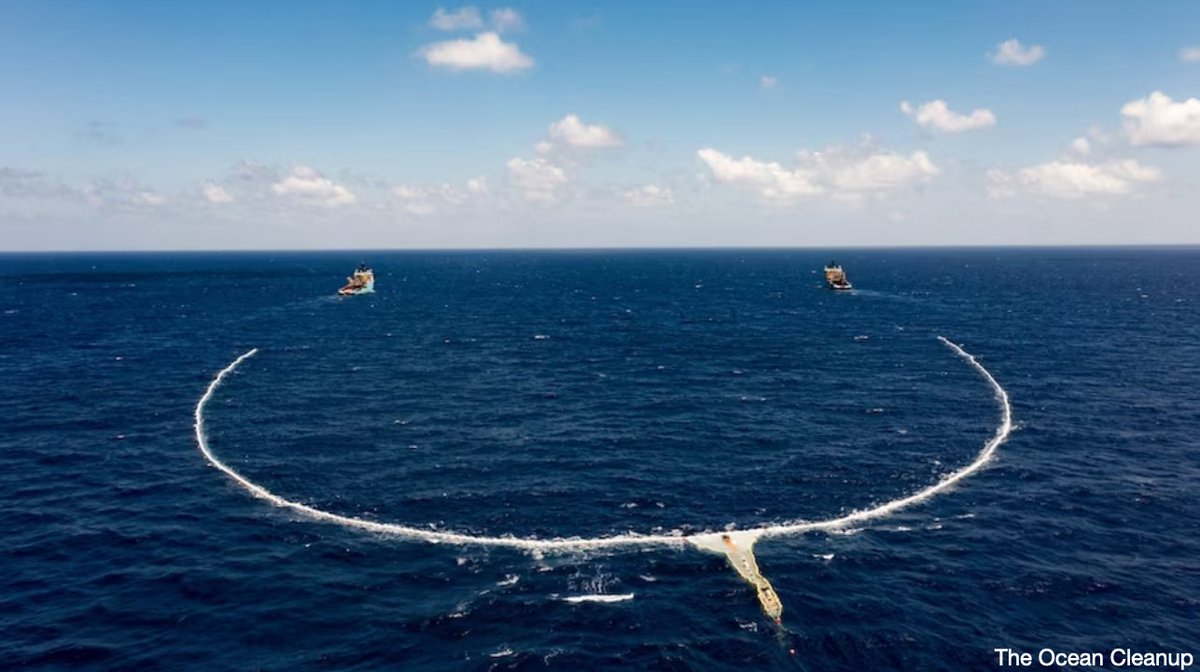THIS IS NOT A FISH!
This is an open ocean sea slug called Phylliroe. Phyliroe swims like a fish, hunts like a fish, and eats like a fish. This is an example of "convergent evolution," when animals do similar things nature selects similar body types.
This is an open ocean sea slug called Phylliroe. Phyliroe swims like a fish, hunts like a fish, and eats like a fish. This is an example of "convergent evolution," when animals do similar things nature selects similar body types.
...To be more precise, the sea slug Phylliroe is a type of sea slug known as a nudibranch, and is about the size and shape of a goldfish... 

... Phylliroe’s ancestors long ago left the sheltered seafloor, evolving into open ocean hunters out for blood, or, if we’re being scientifically accurate, out for jelly.
Yep, this fish-shaped nudibranch eat jellyfish, like this one...
Yep, this fish-shaped nudibranch eat jellyfish, like this one...

..It likely uses those long horns, called rhinophores, to sniff out the scent of unsuspecting jelly prey. To hold onto jellies, Phylliroe uses a remnant of its old sea-floor slug days: its tiny rudimentary snaily foot... 

Think Phylliroe can’t get stranger? Guess again. Phylliroe glows. It is one of the few nudibranchs known to produce its own light, and apparently, this light is exceptionally bright and beautiful, though few have seen it... 

So there you have it. A sea slug that looks like a fish, swims like a fish, hunts jellyfish, and glows. The open ocean is WILD. [end]
https://twitter.com/CephWarden/status/1623673821965455361
...p.s. And check out this post I wrote on these amazing remarkable totally weird slugs.
deepseanews.com/2015/11/meet-t…
deepseanews.com/2015/11/meet-t…
• • •
Missing some Tweet in this thread? You can try to
force a refresh

















